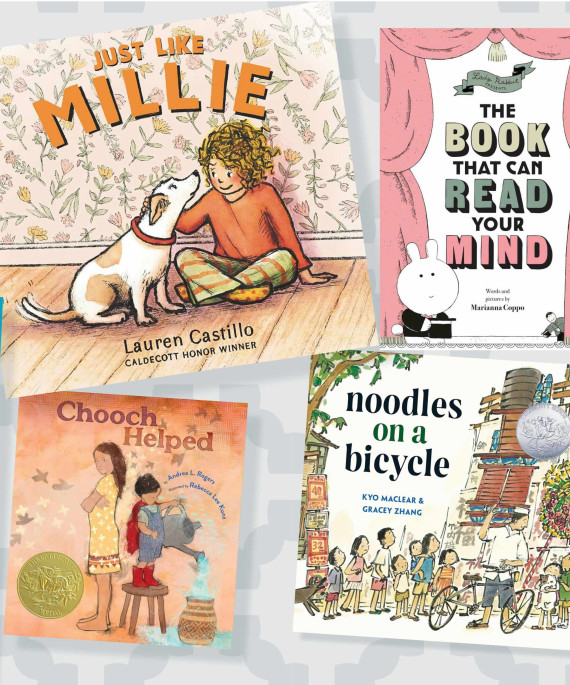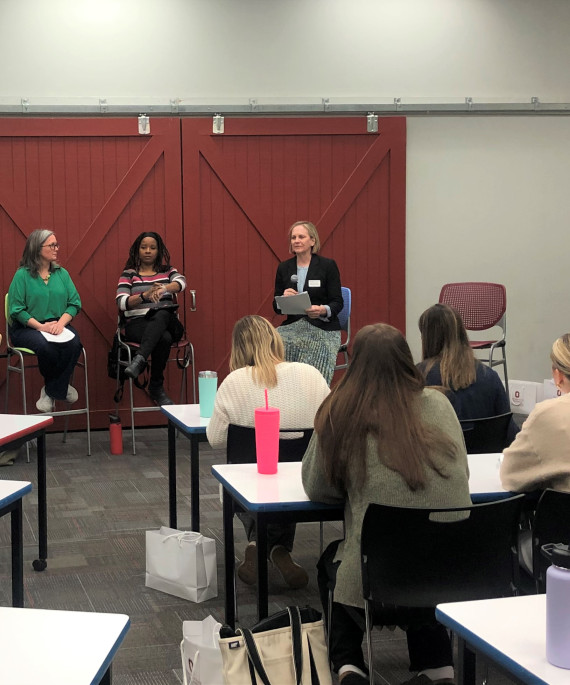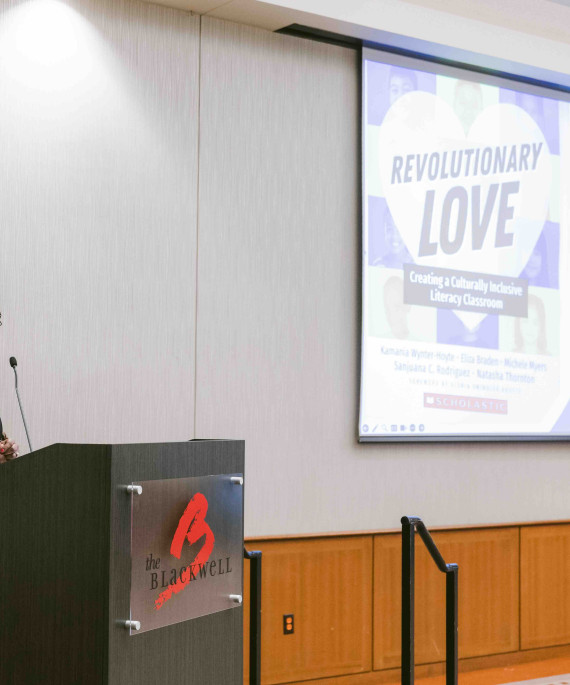
Education scholars have some solutions for mending an ailing nation
The day after the U.S. Capitol was stormed by people looking to overturn the election, social studies teachers across the country put lessons on pause. Young people in America wanted to talk.
Humanities teacher Sarah Thornburg, ’01 MA, wanted to give her students space to ask questions. “There is so much misinformation out there, I wanted to be able to tell the confirmed and corroborated facts,” she said via email.
There was much to discuss. What does the U.S. Constitution say about the election process? Was this an insurrection? Where does democracy go from here?
Some students suffered anxiety after watching video of the rampage. The meaning behind haunting images of the confederate flag paraded through the Capitol rotunda was not lost on the teenagers.
Thornburg’s students’ No. 1 takeaway: “The stark difference and hypocrisy of how white bodies were treated versus the Black and brown bodies over the summer,” she said.
Others saw it, too.
“This begs the question, what should we do? My response: Educate. Education is within our purview,” said Cynthia Tyson, professor of multicultural and equity studies in education. “We are definitely going to look and dig deeply into exploring how education can help in this moment specifically, because that's what we're committed to.”
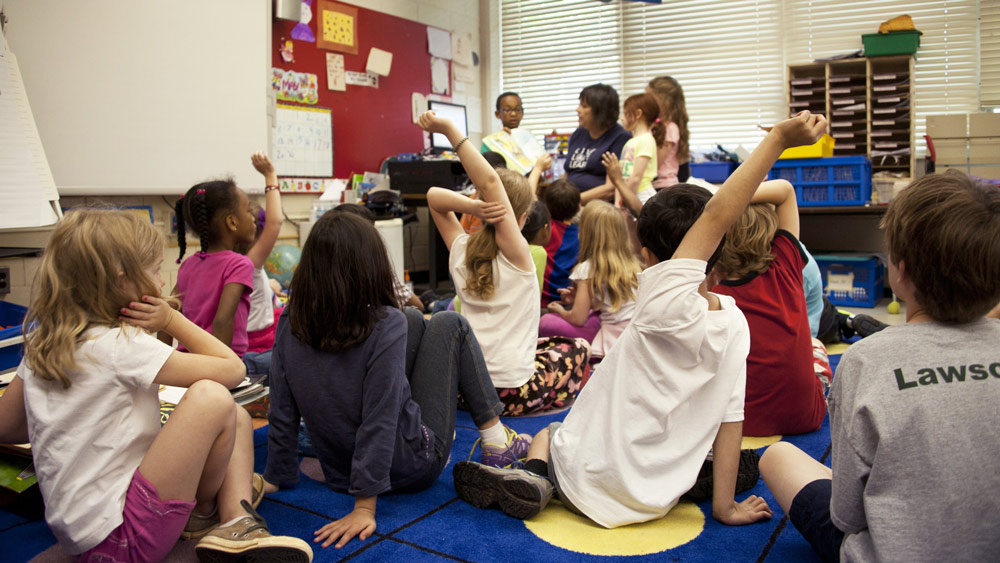
And yet, many agree that civics education does not receive the focus it should in the United States. In a society where basic precepts of the Constitution are interpreted in opposing ways, and the citizenry remains dangerously fractured and misinformed, more can be done.
“Let’s recognize the vital need to prioritize civics, history, and social studies education,” wrote the National Council for Social Studies the day after the attack. “We call on elected leaders and decision-makers at all levels—from the United States Congress to local school boards—to make this investment for student learning and teacher professional development and ensure a healthy democracy.”
When most states dropped fourth-grade proficiency tests in social studies more than a decade ago, many elementary schools shifted focus to language arts, math and science, Tyson said. Little or no directed instruction was devoted to social studies.
“It may be integrated with literacy some, but it is not unusual during visits to schools and in conversations with teachers and scholars, to find social studies is not taught at all” in elementary schools, even though state standards require it, she said.
Children receive some social studies education in middle school and in high school per government and civics requirements.
“But when you've had multiple years with little or no direct instruction in social studies, soon generations of people don't have a sense of the simplest social studies concepts, such as the roles and responsibilities of the branches of government,” Tyson said. “If we're not going to invest in student learning or even teacher professional development around civics education, how can we have a healthy democracy? It's not possible.”
Still, most who breached the Capitol January 6 are old enough that they did receive early social studies education.
“Many of these people see themselves as good citizens, patriots acting on what they believe the U.S. Constitution gave them the right to do,” Tyson said. “But what we are witnessing is not, in word or in spirit, the democracy that document intended.”
The Constitution’s 12th Amendment outlines the process for electing the president and vice president. Its provisions — including allowing debate in the House and Senate — were followed Jan. 6. The election stood.
So where was the disconnect?
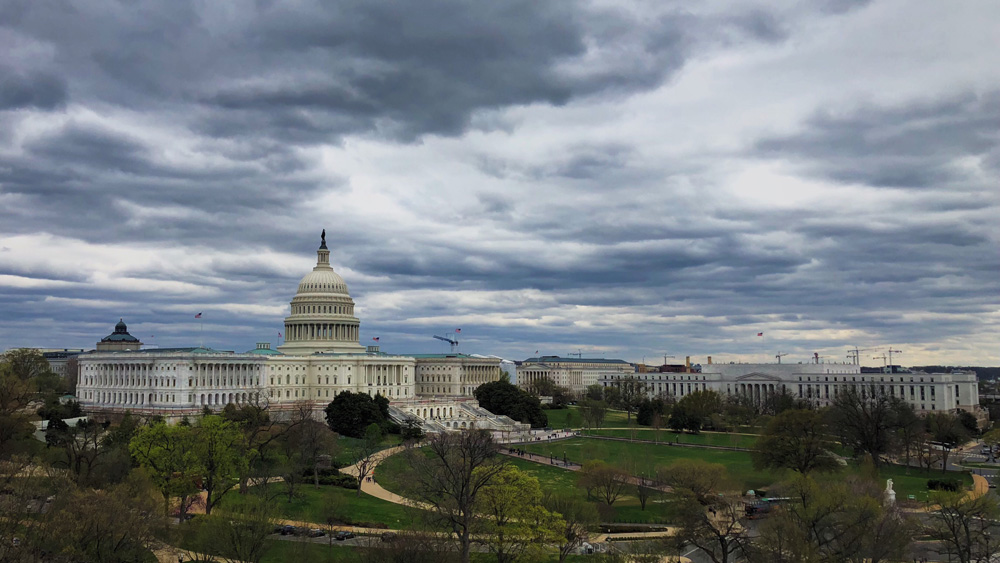
Century-old debate on social studies
“We know there is great inequity in education,” said Tami Augustine, clinical associate professor of multicultural and equity studies in education, “even if we didn't see a marginalization of social studies.”
If federal guidelines suddenly mandated spending the same amount of time on social studies that children do on reading, the problem of civics education wouldn’t be solved, she said.
“There's a lot of nuance there. Which curriculum will be taught? What's the perspective of that curriculum? Are students remembering those things? Are people feeling connected, and what are they feeling connected to?” Augustine said.
In fact, debate over how children are taught social studies has long divided educators and the public.
Curriculum in the 1930s encouraged children to view history in light of current issues to fix the problems of democracy, according to author Ron Evans. It was censored by school boards under pressure from outside organizations. Instruction in the 1950s and ’60s was driven by Cold War concerns, as children were taught to question other societies and their own. That, too, fell out of favor.
“Is the purpose of social studies to support patriotism?” Augustine said. “Is it to educate young people to critically think about who we are as Americans? These are the deep sorts of questions that the field has been grappling with for over 100 years.”
Experts do agree that, by itself, more focused social studies teaching won’t mend the nation. Repairing those rifts requires a much more complex approach.
“We can't make teachers solely responsible for the solution,” Augustine said.

Using critical thinking, finding common ground
A tweet after the Capitol attack offered: “People involved were much more influenced by social media than their social studies curriculum.”
The proliferation of social media and massive disinformation campaigns by foreign adversaries, hate groups and extremists make critical thinking skills more important than ever. Education can impact how children weigh that information. The College of Education and Human Ecology for years has trained educators to teach students to verify facts, differentiate between news and opinion and to consider sources of information.
Methods classes instruct student teachers about media literacy and using primary sources — very intentionally pulling apart the validity of sources, determining whether information is corroborated and considering differing perspectives.
“We don’t want to tell students what to think,” Augustine said. “However, research study after research study has shown that education’s commitment to some perceived ideal of ‘neutrality’ is unattainable. We want to give students tools to think critically so they can draw conclusions and build arguments based on facts and reliable sources.”
American history is replete with episodes of disagreement. In fact, the country was built upon it. The idea is not to squelch the arguments — democracy depends upon constructive debate to respond to the issues before us, said education scholar Walter Parker. But those debates must build, not divide.
“Listening and speaking to … ‘strangers’ about powerful ideas and public problems is crucial to democratic citizen formation,” Parker wrote. “Indeed, it defines democracy, signaling a citizen’s coming of age while at the same time creating the public sphere that democracy requires — a space where political argument and action flourish.”
New habits are needed, especially those that build equity and trust, experts say. One skill Americans desperately need to learn? Listening.
“We need to hear what someone else is saying,” Augustine said. “’Am I truly understanding what you're saying?’ If there is misinformation, we're going to have a conversation about misinformation. But, first, listening with some caution and humility is a skill we need to teach young people.”
Schools are the perfect place to do it.
Experts agree that education plays a critical role, but the onus cannot remain on schools.
“We can’t play the blame game of laying it at the feet of education,” Tyson said, “because this is a historical multi-pronged problem that is also rooted in anti-blackness and systemic racism. It's rooted in the ways people feel disenfranchised and are finding themselves becoming more economically fragile. Two pandemics grip this nation and the world: COVID-19 and racism.”
“As educators, researchers and activists we must find ways to develop solutions in collation and collaboration with each other.”

